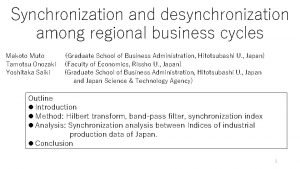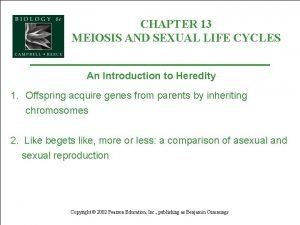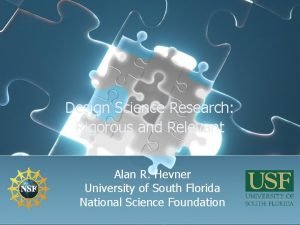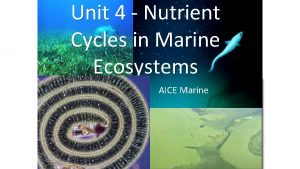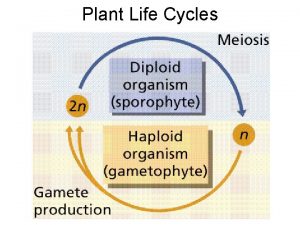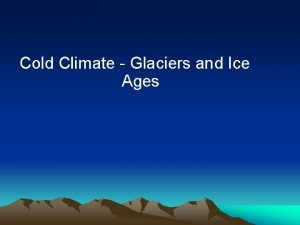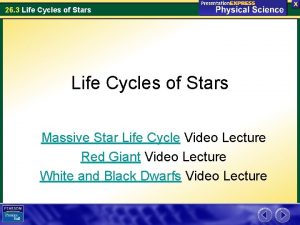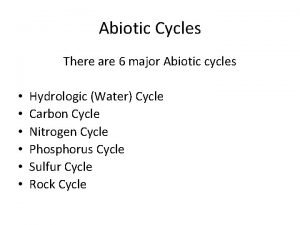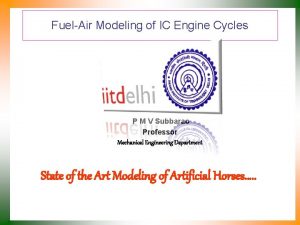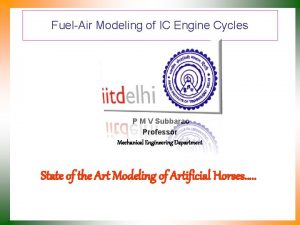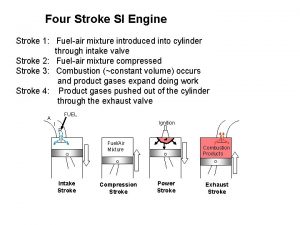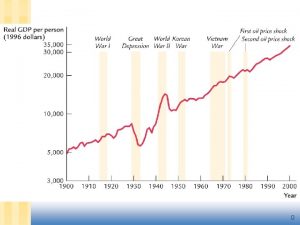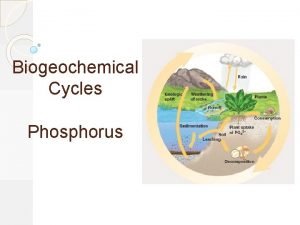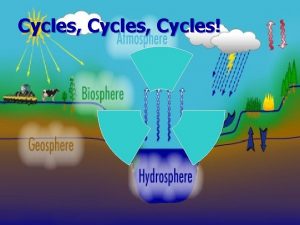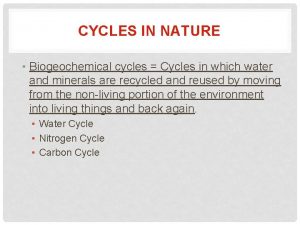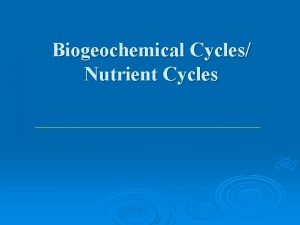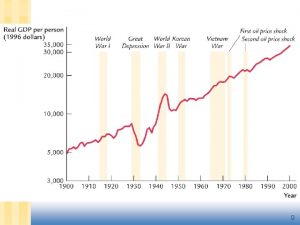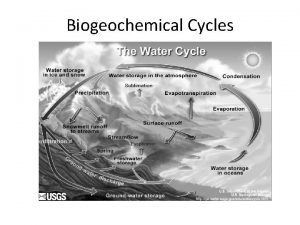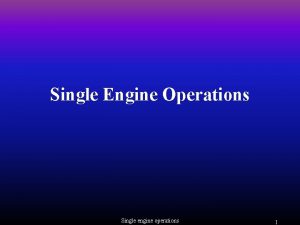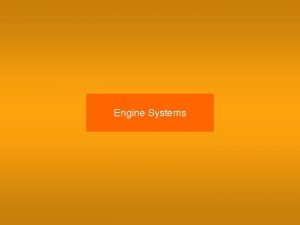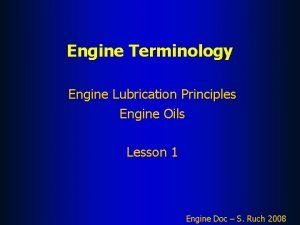FuelAir Modeling of IC Engine Cycles 1 P















- Slides: 15

Fuel-Air Modeling of IC Engine Cycles - 1 P M V Subbarao Professor Mechanical Engineering Department State of the Art Modeling of Artificial Horses. ….

History Innovation : Artificial Horse

The Important part of Cycle is Executed in CM Mode More realistic representation of Compression? ? ?

Realization of Available Air : Running Cost Vs Capital Cost

Fuel-Air Models for Engine Cycles • Fuel-air analysis is more realistic analysis when compared to Airstandard cycle analysis. • An accurate representation of constituents of working fluid is considered. • More accurate models are used for properties of each constituents. Process SI Engine CI Engine Intake Air+Fuel +Residual gas Air+ Recycles gas + Residual gas Compression Air+Fuel vapour +Residual gas Air+ Recycles gas + Residual gas Expansion Combustion products Combustion Products Exhaust Combustion products Combustion Products

Fuel – Air Otto Cycle Air+Fuel vapour +Residual gas TC Products of Combustion BC Compression Process Const volume combustion Process Expansion Process Blow down of waste Products of combustion

Fuel –Air Otto Cycle • 1— 2 Isentropic compression of a mixture of air, fuel vapour and residual gas without change in chemical composition. • 2— 3 Complete combustion at constant volume, without heat loss, with burned gases in chemical equilibrium. • 3— 4 Isentropic expansion of the burned gases which remain in chemical equilibrium. • 4— 5 Ideal adiabatic blow down.

Isentropic Compression Process For a infinitesimal compression process: Use appropriate Eo. S: Mass averaged properties for an ideal gas mixture:

Variation of Specific Heat of Ideal Gases Gas C 0 C 1 C 2 C 3 Air 1. 05 -0. 365 0. 85 -0. 39 Methane 1. 2 3. 25 0. 75 -0. 71 CO 2 0. 45 1. 67 -1. 27 0. 39 Steam 1. 79 0. 107 0. 586 -0. 20 O 2 0. 88 -0. 0001 0. 54 -0. 33 N 2 1. 11 -0. 48 0. 96 -0. 42

g cp cv

Properties of Fuels Fuel C 0 C 1 C 2 C 3 C 4 Methane -0. 29149 26. 327 -10. 610 1. 5656 0. 16573 Propane -1. 4867 74. 339 -39. 065 8. 0543 0. 01219 Isooctane -0. 55313 181. 62 -97. 787 20. 402 -0. 03095 Gasoline -24. 078 256. 63 -201. 68 64. 750 0. 5808 Diesel -9. 1063 246. 97 -143. 74 32. 329 0. 0518

True Phenomenological Model for Isentropic Compression Let the mixture is modeled as:

First Order Models for Variable Specific Heats ap = 0. 9718 – 1. 1 k. J/kg. K bv = 0. 685 – 0. 823 k. J/kg. K k 1 = 1. 326 10 -4 – 3. 395 10 -4 k. J/kg. K 2

Isentropic Compression model with variable properties • For compression from 1 to 2:

Phenomenological Modeling of Combustion • Engineering Objective of Combustion: • To Create Maximum Possible Temperature through conversion of microscopic potential energy into microscopic kinetic energy. Thermodynamic Strategy for conversion: Constant volume combustion Constant pressure combustion
 Helen c. erickson
Helen c. erickson Relational vs dimensional data modeling
Relational vs dimensional data modeling External vs internal combustion engine
External vs internal combustion engine Business cycles economics
Business cycles economics Isagenix pay structure
Isagenix pay structure Relationship between transaction cycles
Relationship between transaction cycles Diurnal tide cycles occur ______.
Diurnal tide cycles occur ______. Chapter 13 meiosis and sexual life cycles
Chapter 13 meiosis and sexual life cycles Design science research cycles
Design science research cycles Solid rock cycles
Solid rock cycles A terrestrial food web
A terrestrial food web Plant life cycles and alternation of generations
Plant life cycles and alternation of generations Milankovitch cycles
Milankovitch cycles End-to-end procurement life cycle
End-to-end procurement life cycle Life cycle of a star assessment
Life cycle of a star assessment What is the major abiotic reservoir for phosphorus
What is the major abiotic reservoir for phosphorus



